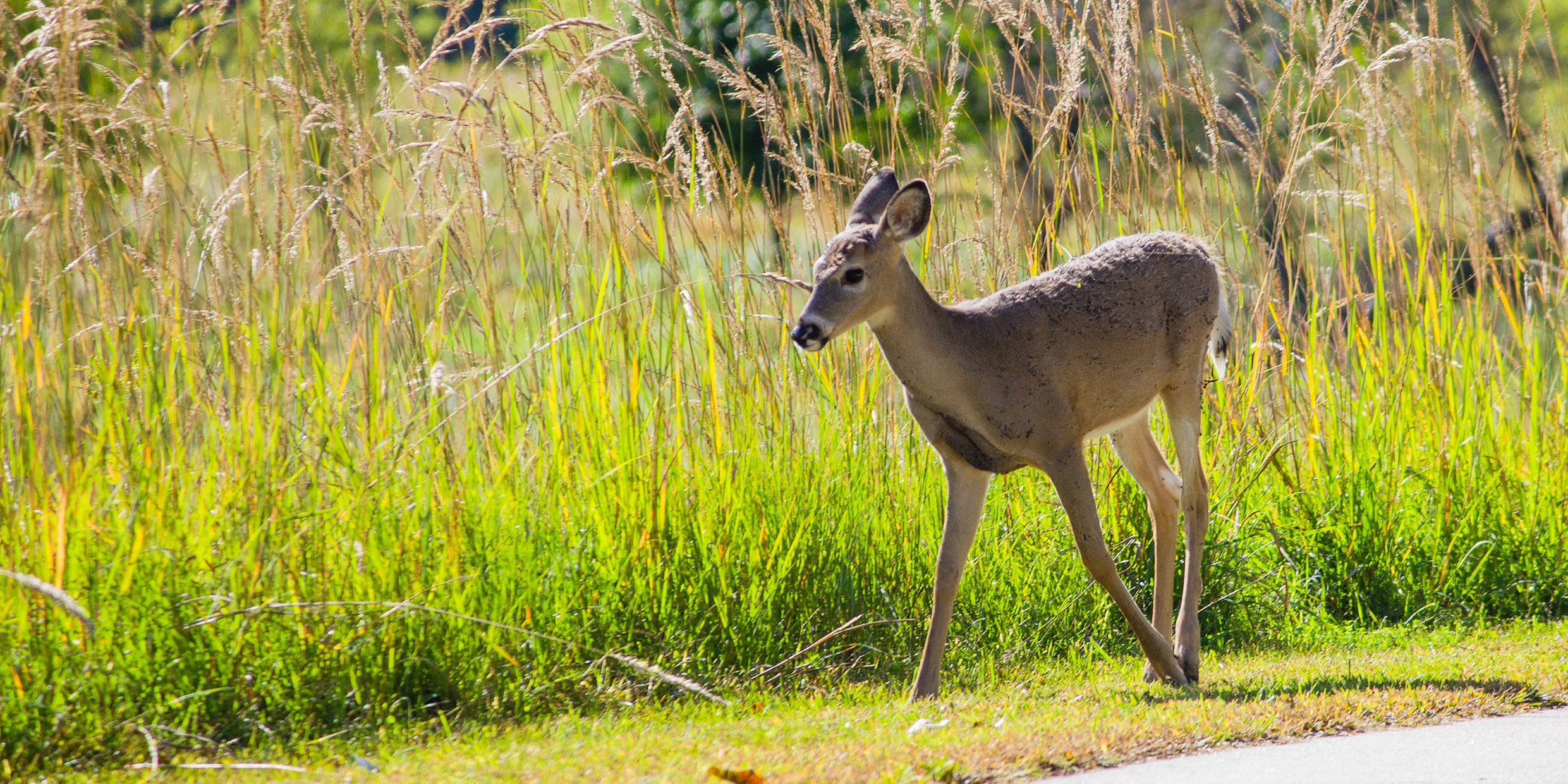Originally published 11 January 1993
My walk to and from work each day takes me through land administered by the Natural Resources Trust of Easton. It was there I met the deer.
The last rainy week of November. Early twilight. Three young deer — yearlings — lamp-eyed and cotton-tailed, feeding in the rain-wet meadow.
The first evening they ran from my approach. The second evening they watched warily from 50 yards away. The third evening they approached near enough to hear my whispered words of admiration. The fourth evening, responding to my words, they came within a few yards. If I had had a carrot in my hand they might have taken it from me.
Then it dawned on me. I was not doing these animals a favor. In satisfying my desire to admire their beauty, I was increasing their vulnerability. A tame deer is an easy shot for a hunter.
So I began avoiding the deer. I went out of my way not to be friendly. Once, I even hooted to scare them away.
Then they disappeared.
Recently, I discovered their fate.
A hunter entered town land adjacent to the Natural Resources Trust reservation. He set up a stool and sat down to wait. When the three yearlings approached, he killed two. Apparently, an unrestrained dog later took the third.
I tell this story because the fate of the yearlings forces me to consider my own attitude toward the killing of animals. I am not a sentimentalist. I have no strong feelings about hunting, although I could not do it myself. I cannot imagine how anyone with an ounce of compassion in his heart could shoot a yearling, but I have no qualms about wolfing down roast lamb. And I certainly favor the use of animals in scientific research, even if it means killing them.
There is a broad spectrum of opinion regarding animal rights, from the lab-bombing terrorism of radical antivivisectionists, to the blast-anything-that-moves attitude of some irresponsible hunters. Each of us finds his own place on the spectrum.
Where and in what numbers people position themselves on the spectrum is of consequence to science — to medical science and environmental science, especially.
Never has the use of animals in medical research been more controversial. The antivivisectionist lobby is powerful and well-financed. Here and in Europe they have forced the adoption of guidelines and laws regulating use of lab animals. The scientific research establishment has been reduced to taking full-page ads in the New York Times defending animal use.
Under pressure from the animal rights lobby, schools and colleges are rethinking the dissection component of introductory biology courses, finding ways to exempt students with moral qualms about dissection. In some cases, computer simulations are being substituted for real dissections.
Still, there seems to be little chance that important scientific research will be seriously hampered by the activities of antivivisectionists, and the sympathy they generate for animals may serve science on another front.
The preservation of biodiversity, the variety of life on Earth, has become a high priority for almost all scientists. The planet is presently undergoing an extinction event comparable to the catastrophe 65 million years ago that eliminated the dinosaurs and countless other species of plants and animals. This time the catastrophe is of our own making, and only respect for life on a broad scale can prevent sweeping extinctions.
In his new book The Diversity of Life, Harvard biologist Edward O. Wilson quotes Senegalese conservationist Baba Dioum: “In the end, we will conserve only what we love, we will love only what we understand, we will understand only what we are taught.”
The task of science today is to learn as much as possible as quickly as possible about those species of life that are most threatened, and to share that knowledge with as broad an audience as possible. Whether love will follow remains to be seen.
On the issue of animal rights I find myself moving perceptibly toward the kill-nothing end of the spectrum. I am no longer convinced that love of life is enhanced by dissection in a high-school biology class, or even in college classes for other than life science majors. I favor stringent guidelines on the sparing and humane use of laboratory animals. And I find myself drifting into philosophical alliance with passionate advocates of species preservation such as Edward O. Wilson.
I swat flies, and I’ll probably be a meat-eater till the day I die, but I’m more sympathetic to the rights of other species than I once was. I shudder with revulsion at the killing of the yearling deer.
More and more I share the feelings of Henry David Thoreau, who wrote this about animals and their rights: “I have found repeatedly, of late years, that I cannot fish without falling a little in self-respect…Always when I have done I feel it would have been better if I had not fished. I think that I do not mistake. It is a faint intimation, yet so are the first streaks of morning.”



